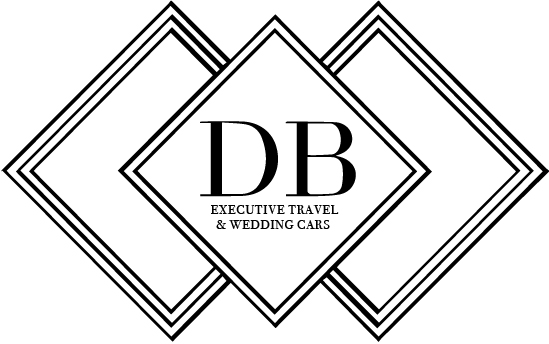Applying the System of Car Control
IAM Roadsmart System of Car Control
Applying the System of Car Control as described by IAM Roadsmart & Roadcraft
The 'System' is a systematic method of driving which, if used correctly, will substantially reduce the risk of a driver being the cause of an accident. A detailed explanation of the System is given in Roadcraft, the police driver's manual, and it is to this book you must refer if you want a thorough understanding. There are five phases of the System which must be considered on the approach to any hazard. A hazard can be the presence and/or movement of any vehicle or pedestrian, a road feature such as a roundabout or a climatic feature such as a sudden downpour of rain.
The five features are:
Information
Position
Speed
Gear
Acceleration
The Information phase overlaps every other phase of the System.
Take information by looking at traffic signs and looking at the position and movement of vehicles and pedestrians. Be aware of observation links i.e. the hazards associated with what can be seen e.g. parked vehicles, a pedestrian flagging a taxi, a garage forecourt, a pedestrian walking to the front of a bus or roadside telephone poles formed into a curved line in the distance. Use your mirrors at any point in the System but particularly before changing position, before slowing or after changing gear i.e. a final check behind before the hazard is reached.
Use the information you have gathered by making a plan to deal with the identified hazards and making contingency plans for dealing with the unexpected e.g. car doors opening, a taxi suddenly stopping, a car shooting out of a roadside garage, a bus suddenly stopping or a car coming fast out of a bend ahead.
Give information to other road users e.g. using your indicators to inform them that you are going to change position, using your horn or flashing your headlights to let them know of your presence. Position your vehicle to re-enforce any other form of signal.
Position yourself so that you can pass hazards safely and smoothly. Give a good clearance when passing parked vehicles, cyclists or when overtaking moving vehicles. Follow the advice given in the Highway Code for positioning on the approach to roundabouts. Position yourself when approaching bends in national speed limit areas so as to maximise your view of the road ahead - taking account of oncoming/following vehicles and nearside hazards. Good observation will allow you to make the most effective use of available (legal) road space e.g. taking a clear lane at traffic lights on a dual carriageway. Good positioning smoothes progress.
Speed: Obtain a safe speed to negotiate the hazard. Reduce speed, if need be, by either easing the pressure on the accelerator pedal (deceleration) or by braking. Whatever method is used it is essential to lose speed smoothly.
Gear: Once you have the right speed for the hazard, engage the correct gear for that speed. The aim, almost all of the time, is to have a clean separation between braking and changing gear i.e. no overlapping. Slight overlapping when going downhill into a corner or a bend is acceptable PROVIDED you do the gear change when most of the braking has already been done.
Acceleration: Consider accelerating away from the hazard after taking account of your speed and the position/movement of other road users. The accelerator pedal is NOT an on/off switch to be suddenly pressed to the floor when a hazard has been negotiated. Use the pedal smoothly.

